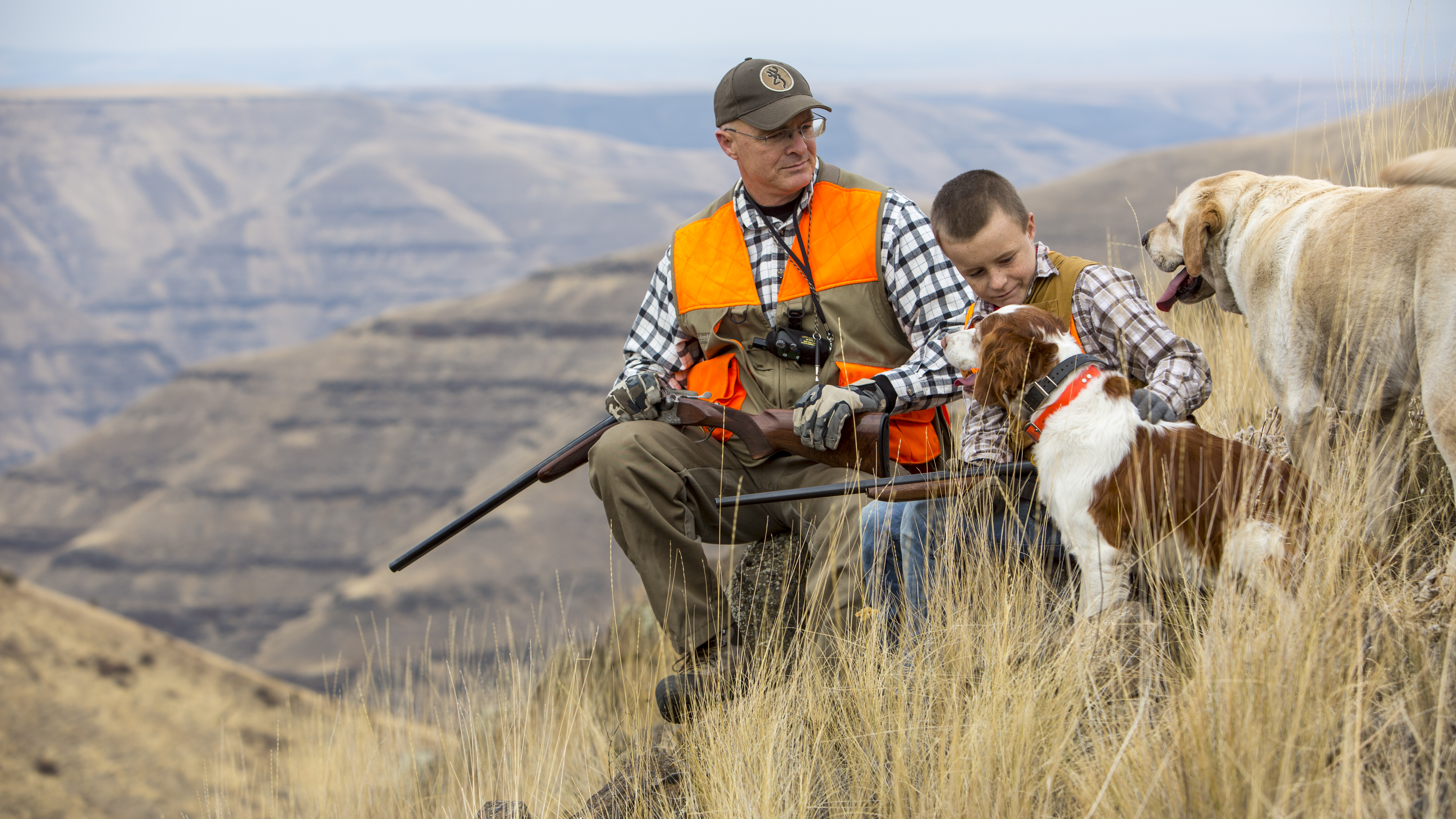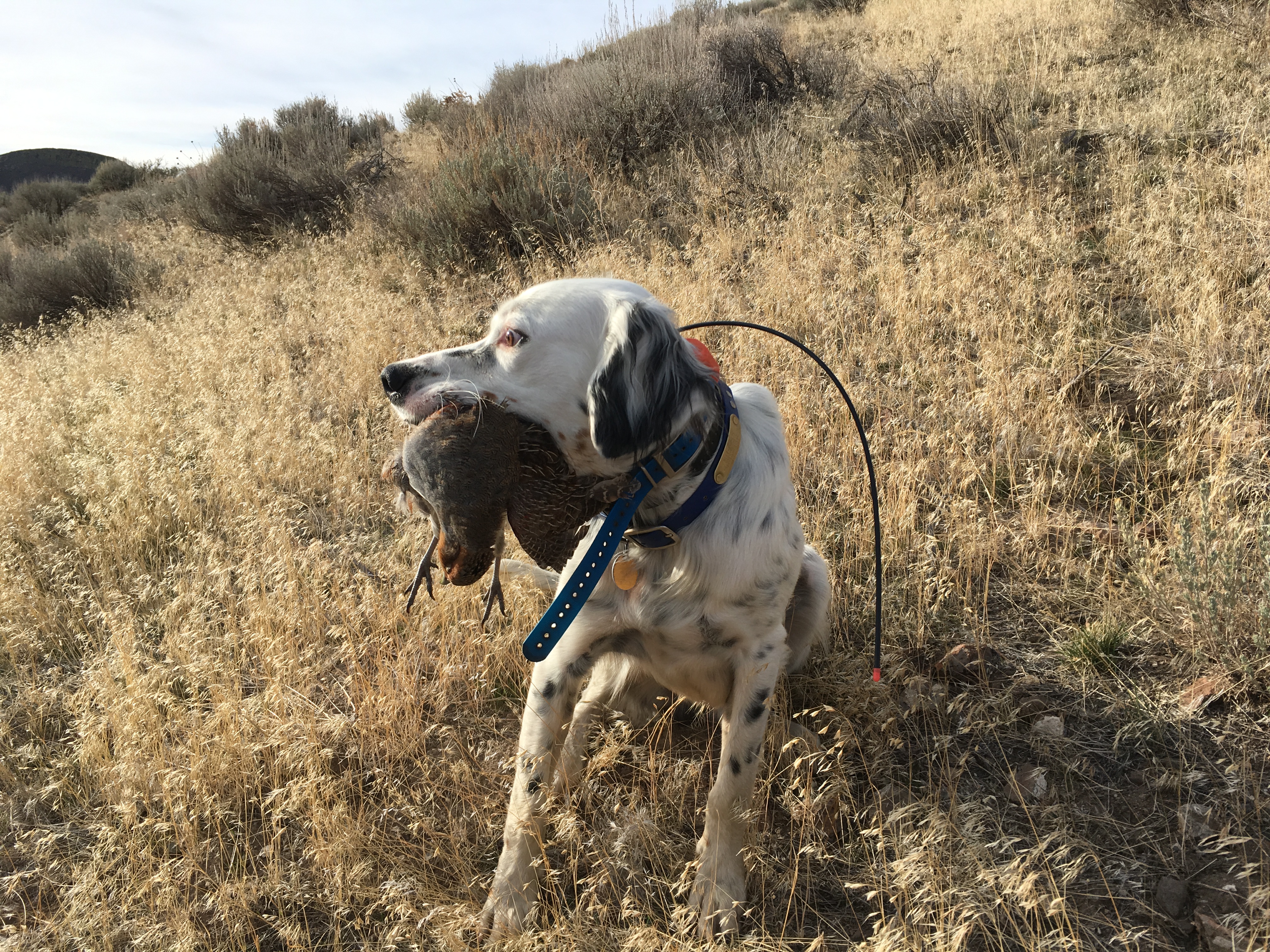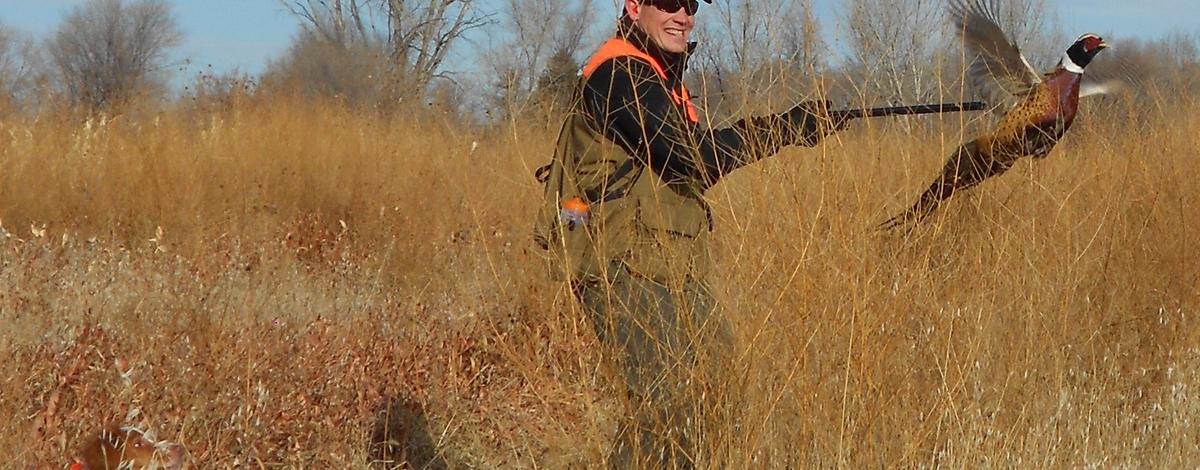
Idaho is a big state with a diverse mix of habitats, elevations and climates, and the state contains a variety of upland game birds. Upland bird populations can vary tremendously on an annual basis, and their health and numbers typically depend on favorable weather conditions, which are often very localized.
That means upland game birds are tough to forecast on a statewide basis except to say there's ample opportunity for upland hunters to pursue a large variety of birds across a variety of landscapes.
“Like many other years, hunting can vary widely geographically, but from a statewide perspective, I'm optimistic about this fall," said Jeff Knetter, upland game and migratory game bird coordinator. "Spring weather conditions were more wet than average, which often times means excellent brood-rearing conditions."
To provide an idea of what's available this hunting season, Fish and Game's wildlife biologists in each region have compiled an update of what they're seeing and hearing on the ground with bird populations, so hunters can get a look at their favorite areas and quarry.
To learn about upland game bird hunting rules and seasons, and more information, see Fish and Game's Upland Bird Hunting webpage, and here's the digital copy of the 2019 Upland Game, Furbearer and Turkey Seasons and Rules booklet.
To find places to hunt upland game, check out the Hunting Access webpage, which includes Fish and Game's Wildlife Management Areas and Access Yes! properties.

Here's a look at upland bird hunting in each region:
Panhandle Region
Panhandle upland bird hunters might have to look a little harder for birds this year. Snowpack in the lower and mid elevations was above average, which likely affected over winter survival. There was record rainfall in the spring and this affected brood survival. The end result is there will be fewer young birds out there. The summer has been hot and dry. Birds will be concentrated around reliable water sources. Predicted fall conditions call for continued hotter than normal temperatures with average rainfall.
Here more information about the Panhandle Region.
Clearwater Region
The 2018-19 winter was fairly mild to start, but winter conditions returned late with cold temperatures and heavy snow across the Clearwater region. The impacts of these conditions on upland game bird survival are largely unknown, although no abnormally high mortality rates were detected.
During the spring 2019 nesting and early brood rearing period, weather conditions were cool and abnormally wet through spring into summer. Cool and wet weather can provide for excellent summer brood-rearing habitat, but can also result in chick mortality, depending on the timing and intensity of precipitation events. Overall, population trends were mixed, depending on the species.
Here's more information about the Clearwater Region.
Southwest Region
Spring and early summer conditions were excellent for brood production for most upland birds. Quail, chukar and gray partridge had good carryover survival after a good production year. Chukar, gray partridge, and quail production should be good to excellent with great harvest conditions this fall. Pheasant numbers along established brood routes are down, but production was excellent.
Preliminary indications are that Dusky grouse had very high carry over survival (lots of adults in harvest) with good brood production. Ruffed grouse had excellent production; most ruffed grouse harvested in Southwest Idaho thus far have been juvenile birds. Sage-grouse are down compared to last year and had poor nest success due to heavier than normal spring rains during peak hatch. Overall, upland bird hunting, except sage-grouse should be good to excellent with scattered pockets of abundant birds.
Here's more information about the Southwest Region.
Magic Valley Region
An unusually wet and cold spring was generally unfavorable for upland bird nesting. Brood rearing conditions were generally favorable. Department personnel are reporting average to below average numbers of broods for all upland game species. Generally, bird numbers will be slightly down compared to the 2018 season and lower than average.
Here's more information about the Magic Valley Region.
Southeast Region
Conditions in the winter were above average throughout the region. The early nesting and brood rearing season received good precipitation resulting in excellent grass and forb growth. Observations have been mixed with some reporting large broods while others are seeing very few young birds and broods.
Here's more information about the Southeast Region.
Upper Snake Region
Winter conditions in 2018-2019 varied across the region. Those areas east of I-15 saw fairly severe winter conditions with significant snow accumulations and crusting. The west side of I-15 had more average to moderate conditions. Average to above average snow levels and cooler spring temperatures saw snow pack persist later than usual.
These conditions could have had negative impacts to nest success, but should have provided good habitat conditions for brood survival if broods did successfully hatch. Late summer was warmer and dry, but likely not enough to counter the moist spring and good habitat conditions coming out of spring and early summer. All things considered upland bird production and hunting should be about average in the Upper Snake for fall 2019.
Here's more information about the Upper Snake Region.
Salmon Region
The 2018-19 early and mid-winter was mild, but late winter and spring was cooler and wetter than average. Nesting success and chick survival appears normal for the region. Due to heavy over-winter losses in winter 2017, with the exception of Forest Grouse, most game bird populations are below the long-term average.
Here's more information about the Salmon Region.

